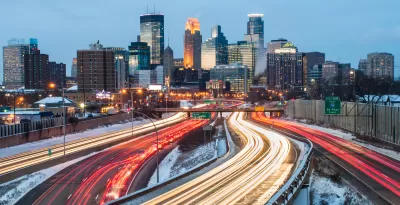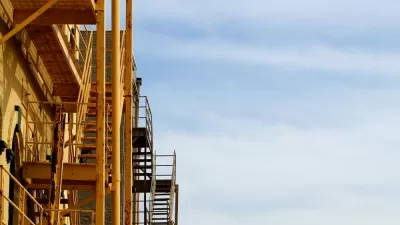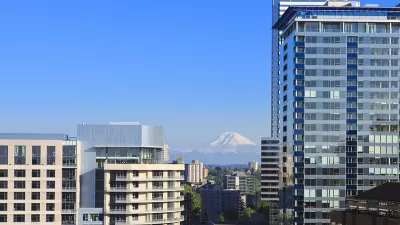Successful urban highway deconstruction projects have swapped highways for boulevards and saw economic, public health, and urban design benefits. Will more cities opt for highway removal programs over reconstruction?

Decades-old urban highways in the U.S. are showing their age. In some cases, factors like deteriorating overpasses, unsafe expressway to city street transitions, and proximity to residential neighborhoods are guiding planners to implement fixes guided by modern safety standards and the prioritization of walkable and bikeable urban spaces.
Plans ranging from highway removal to underground relocation are underway across the country and have already seen wins in terms of economic revitalization, public health, and urban design. Steep construction costs and difficulty in securing funding, however, is making the process of reconstruction or removal challenging for many cities.
"While the federal government underwrote most of the cost of building the interstate system in the 1950s and 1960s, state and local governments now provide about 80 percent of public infrastructure funding. With perspectives on land use, transit, and equity also evolving, many cities are finding themselves at a crossroads when it comes to highways: remove or rebuild?," writes Kathleen McCormick.
The Congress for the New Urbanism (CNU), a long-time proponent of highway removal, published the 2019 Freeways Without Futures report, detailing case studies of removal projects in New Orleans, Tampa, Dallas, Austin, Portland, Louisville, Denver, Syracuse, Oakland, and Buffalo.
The Senate-led Environment and Public Works Committee approved the America’s Transportation Infrastructure Act of 2019, a five-year program allocating up to an 80% federal subsidy for planning, technical assistance, and capital construction related to the removal of highways in U.S. cities. In response, CNU is preparing a tool kit and best practices guide to provide cities with such tools as "design standards, transportation network concepts, engineering specifications, and metrics to measure success," says CNU board member and Nelson\Nygaard principal and transit planner Larry Gould.
As planners begin to share their experience and understand the benefits of highway removal, it is becoming increasingly clear that the benefits of removal outweigh those of reconstruction.
FULL STORY: How Urban Highway Removal Is Changing Our Cities

Alabama: Trump Terminates Settlements for Black Communities Harmed By Raw Sewage
Trump deemed the landmark civil rights agreement “illegal DEI and environmental justice policy.”

Planetizen Federal Action Tracker
A weekly monitor of how Trump’s orders and actions are impacting planners and planning in America.

Why Should We Subsidize Public Transportation?
Many public transit agencies face financial stress due to rising costs, declining fare revenue, and declining subsidies. Transit advocates must provide a strong business case for increasing public transit funding.

Understanding Road Diets
An explainer from Momentum highlights the advantages of reducing vehicle lanes in favor of more bike, transit, and pedestrian infrastructure.

New California Law Regulates Warehouse Pollution
A new law tightens building and emissions regulations for large distribution warehouses to mitigate air pollution and traffic in surrounding communities.

Phoenix Announces Opening Date for Light Rail Extension
The South Central extension will connect South Phoenix to downtown and other major hubs starting on June 7.
Urban Design for Planners 1: Software Tools
This six-course series explores essential urban design concepts using open source software and equips planners with the tools they need to participate fully in the urban design process.
Planning for Universal Design
Learn the tools for implementing Universal Design in planning regulations.
Caltrans
Smith Gee Studio
Institute for Housing and Urban Development Studies (IHS)
City of Grandview
Harvard GSD Executive Education
Toledo-Lucas County Plan Commissions
Salt Lake City
NYU Wagner Graduate School of Public Service





























